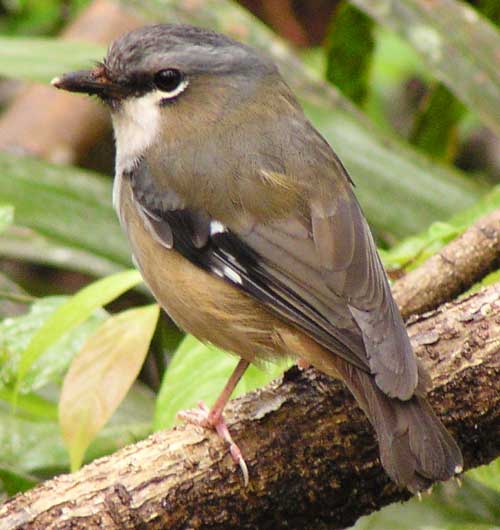Heteromyias cinereifrons (*) Cladus: Eukaryota Name Heteromyias cinereifrons (E.P. Ramsay, 1876) Reference * Proceedings of the Zoological Society of London (1875) Pt4 p.588 Vernacular names The Grey-headed Robin (Heteromyias albispecularis) is a species of bird in the Petroicidae family. It is monotypic within the genus Heteromyias. It is found in Australia, Indonesia, and Papua New Guinea. Its natural habitats are subtropical or tropical moist lowland forests and subtropical or tropical moist montanes. References * BirdLife International 2005. Heteromyias albispecularis. 2006 IUCN Red List of Threatened Species. Downloaded on 26 July 2007. Source: Wikispecies: All text is available under the terms of the GNU Free Documentation License |
|

